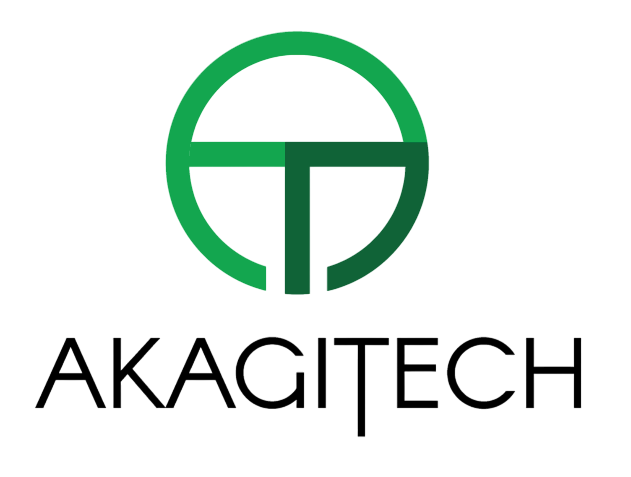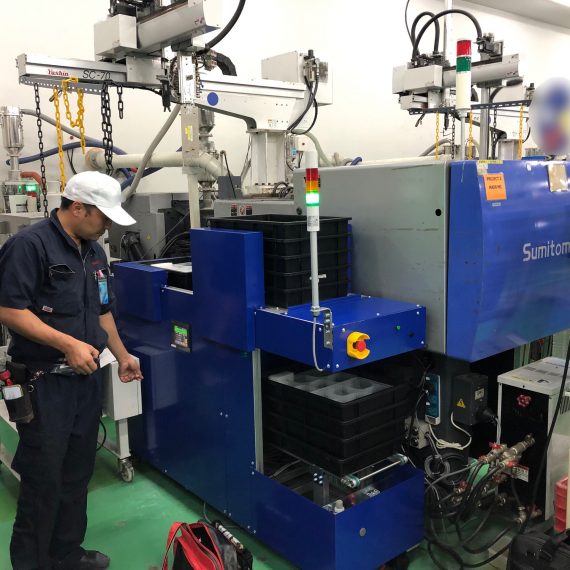Household Waste Conveyor Belts are indispensable equipment in waste sorting, recycling, or incineration systems. With stable operation in harsh environments and heavy loads, conveyor belts help increase waste processing efficiency, reduce manual labor, and improve workplace safety.
🔧 Basic Structure
– Corrosion-resistant painted steel or hot-dip galvanized conveyor frame
– High-wear-resistant rubber or PVC conveyor belt
– Side guards or scrapers to prevent waste spillage
– Heavy-duty rollers – self-cleaning rollers
– Powerful reversible geared motor system
– Waste hopper or feeding chute
✅ Key Advantages
– High load capacity – suitable for wet, heavy, bulky waste
– Stable operation in dusty, humid environments
– Customizable dimensions – length, incline per project requirements
– Compatible with automatic belt washing or cleaning systems
– Suitable for automated or manual waste sorting lines
🏭 Practical Applications
– Household waste treatment plants
– Waste-to-energy incineration plants
– Recycling sorting centers
– Waste transfer stations, compacting facilities
– Hospital waste treatment – requires enclosed and safe handling
📐 Technical Specifications Reference
| Parameter | Common Values |
|———–|————–|
| Belt Width | 600mm – 1500mm |
| Conveying Length | 5m – 50m |
| Belt Material | V-ribbed rubber, wear-resistant PVC |
| Load Capacity | 200 – 1500 kg/m |
| Operating Speed | 10 – 30 m/min |
| Frame Material | CT3 steel, galvanized or double-layer painted |



